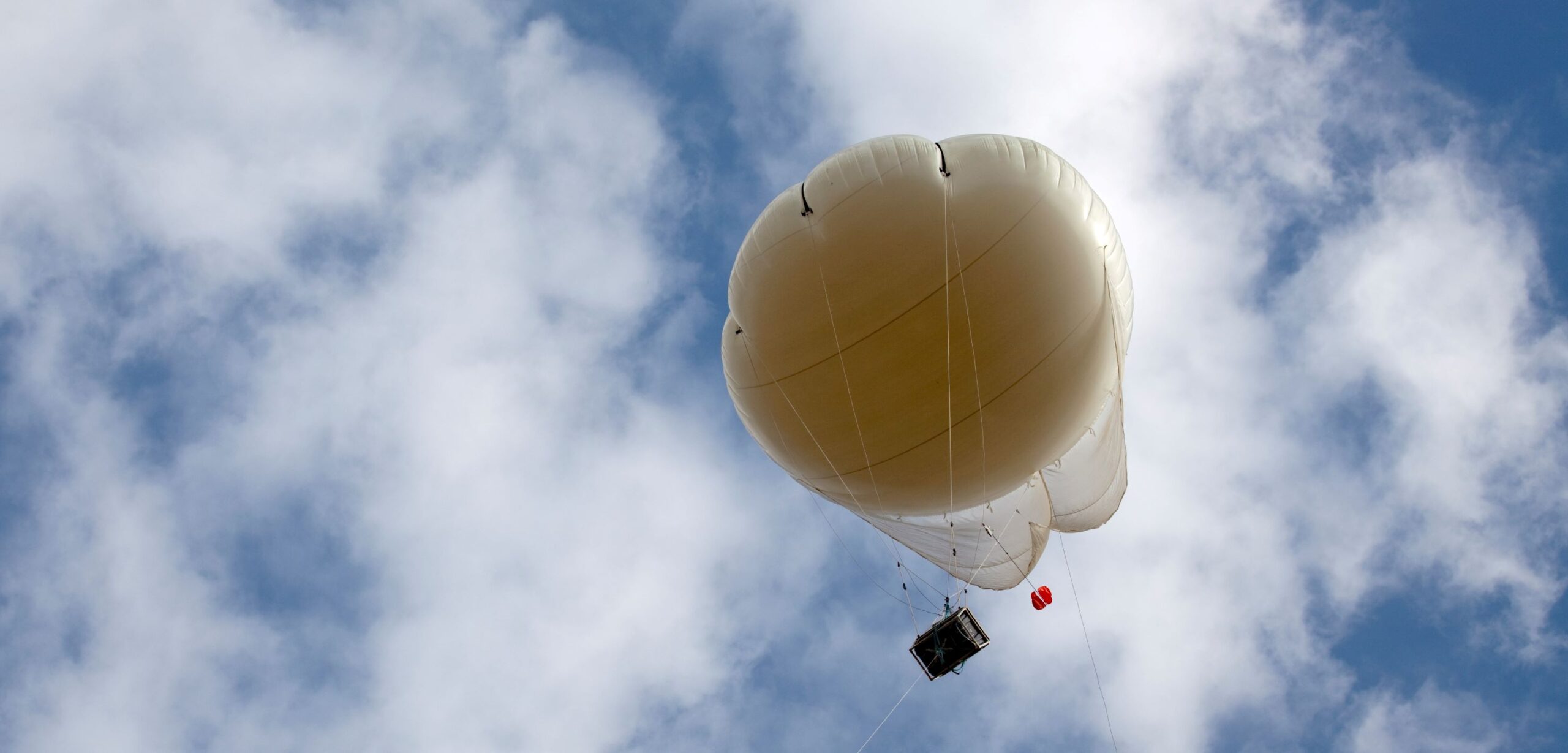Unmanned balloon safety

As school districts expand their STEM (Science, Technology, Engineering and Math) curriculum or seek to enhance basic science classes, releasing weather balloons has become a popular project. To be operated safely, these unmanned free balloon/weather balloon releases are subject to strict regulations through the Federal Aviation Administration (FAA) and Department of Transportation (DOT), much as we saw with drones in previous years.
The Code of Federal Regulations defines untethered balloons as devices that:
- Carry a payload package that weighs more than four pounds and has a weight/size ratio of more than three ounces per square inch on any surface of the package, determined by dividing the total weight in ounces of the payload package by the area in square inches of its smallest surface;
- Carry a payload package that weighs more than six pounds;
- Carry a payload of two or more packages that weighs more than 12 pounds; or
- Use a rope or other device for suspension of the payload that requires an impact force of more than 50 pounds to separate the suspended payload from the balloon.
Operation of these aviation projects requires significant preparation and planning to avoid risk to persons and property. When planning for these launches, remember that no person may:
- Operate any moored balloon, kite, amateur rocket or unmanned free balloon in a manner that creates a hazard to other persons, or their property.
- Operate any moored balloon, kite, amateur rocket or unmanned free balloon that may allow an object to be dropped therefrom, if such action creates a hazard to other persons or their property.
- Operate a moored balloon, kite, amateur rocket or unmanned free balloon in a prohibited or restricted area unless they have permission from the using or controlling agency, as appropriate.
- Operate an unmanned free balloon below 60,000 feet standard pressure altitude between sunset and sunrise unless the balloon and its attachments and payload, whether or not they become separated during the operation, are equipped with lights that are visible for at least five miles and have a flash frequency between 40 and 100 cycles per minute.
- Operate an unmanned free balloon equipped with a trailing antenna that requires an impact force of more than 50 pounds to break it at any point, unless the antenna has colored pennants or streamers attached at not more than 50-foot intervals and are visible for at least one mile.
- Operate an unmanned free balloon between sunrise and sunset that is equipped with a suspension device (other than a highly conspicuous colored open parachute) more than 50 feet long, unless the suspension device is colored in alternate bands of bright colors or has colored pennants or streamers attached which are visible for at least one mile.
While many of these projects may be purchased as kits, it’s important to verify these unmanned balloon kits abide by the Code of Federal Regulations. These regulations explain that no person may operate an unmanned free balloon unless:
- It is equipped with at least two payload cut-down systems or devices that operate independently of one other.
- At least two methods, systems, devices, or combinations thereof, that function independently of one other, are employed for terminating the flight of the balloon envelope.
- The balloon envelope is equipped with a radar reflective device(s) or material that will present an echo to surface radar operating in the 200 MHz to 2700 MHz frequency range.
- The operator shall activate the payload cut-down and flight termination devices when weather conditions, malfunction or any other reason makes the further operation hazardous to other air traffic or to persons and property on the surface.
Prior to launch, no person may operate an unmanned free balloon unless, within six to 24 hours before beginning operation, the operator gives the following information to the FAA ATC facility nearest to the place of intended operation:
- The balloon identification.
- The estimated date and time of launch, amended as necessary to remain within plus or minus 30 minutes.
- The location of the launching site.
- The cruising altitude.
- The forecast trajectory and estimated time to cruising altitude or 60,000 feet standard pressure altitude, whichever is lower.
- The length and diameter of the balloon, length of the suspension device, weight of the payload and length of the trailing antenna.
- The duration of flight.
- The forecast time and location of impact with the surface of the earth.
- For solar or cosmic disturbance investigations involving a critical time element, the above information shall be given within 30 minutes to 24 hours before beginning the operation.
- Cancellation notice: If the operation is canceled, the person who intended to conduct the operation shall immediately notify the nearest FAA ATC facility.
- Launch notice: Each person operating an unmanned free balloon shall notify the nearest FAA or military ATC facility of the launch time immediately after the balloon is launched.
Once launch has started, each person operating an unmanned free balloon is required to record critical operational data and shall:
- Monitor the course of the balloon and record its position at least every two hours.
- Forward to the nearest FAA ATC facility the following information regarding the balloon one hour before beginning descent:
- The current geographical position.
- The altitude.
- The forecast time of penetration of 60,000 feet standard pressure altitude (if applicable).
- The forecast trajectory for the balance of the flight.
- The forecast time and location of impact with the surface of the earth.
- Forward any other balloon position reports requested by ATC.
- Notify the nearest FAA ATC facility when the operation is ended.
When you’ve located the balloon for recovery, be aware of any nearby hazards and obtain permission from the property owner prior to retrieving the balloon to abide by any trespassing laws if the device landed in private property.




